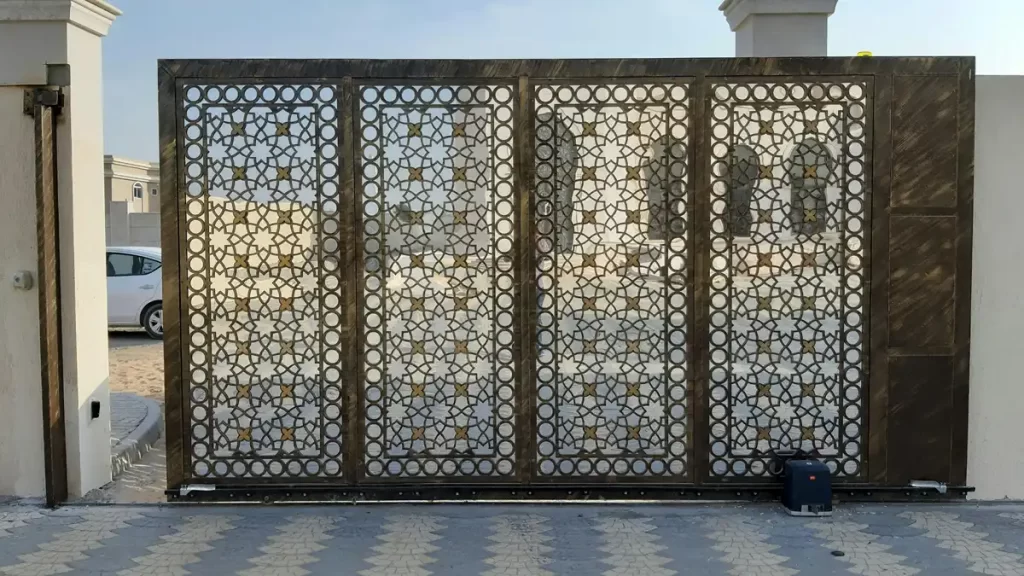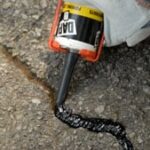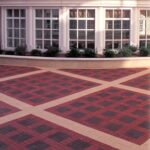Basic tips for improving your home’s driveway, including planning for installation of a new driveway, coloring and stamping concrete, and coating and sealing an asphalt driveway.
Is it time to completely replace your driveway? While daunting, this is an excellent opportunity to boost your home’s curb appeal and improve accessibility.
Of course, installing even a small driveway is a big project. It involves planning the driveway’s layout, choosing and buying the driveway materials, and doing the actual installation. The bigger the driveway, the more involved and expensive the project becomes.
How Much Will a Driveway Cost?
How much will a new driveway cost? Unless you get bids from driveway contractors, that question is almost impossible to answer. It is entirely dependent upon the surface material you choose, the driveway’s size and conditions, labor and materials costs in your area, and more. Get at least three bids and be sure all of the contractors are quoting on exactly the same size and type of driveway.
Selecting Driveway Materials
Gone are the days when a concrete slab was your only option for a driveway. Bland, uninteresting concrete slabs that cracked far too easily have given way to many options that elegantly add style and visual interest to a home.
You can choose from many sizes, colors, and shapes of concrete pavers and paving stones that mimic cobblestones or brick, various colors and textures of stained and patterned concrete, asphalt, stone, brick, and more.
Many driveways combine two or more materials to take advantage of the strengths of each, in both form and appearance. Combinations of materials can break-up a driveway’s broad expanses, adding considerable visual interest through a variety of texture, pattern, and shape.
Planning a Driveway Layout
A driveway may go to the front, side, or rear of the house—or to a detached garage. Local ordinances may restrict the size and placement of your driveway, so check with your building and zoning department before proceeding with plans.
When planning your driveway’s layout, consider how your garage relates to the rest of the house, and the best access to the garage. That is, after all, the primary purpose of the driveway.
Also consider the driveway’s role. Should it become a major focal point? Or should it simply blend subtly and harmoniously into your landscaping plan? Will it just provide access for cars to the garage, or will it spread out and offer a paved surface for people to walk to the front door.
Be certain that trees are several feet away from your driveway to avoid having mature roots erupt through the driveway’s surface. Keep the area free from tree limbs or shrubbery that could scratch or drip sap on cars.
Make sure your driveway is at least 10 feet wide, a span that allows enough room for larger vehicles, and keep in mind that curving driveways must provide enough space for cars to turn.
Driveways can be straight, winding, circular, U-shaped, or teardrop shaped. They may be single-wide (10 to 12 feet wide), double-wide (20 to 24 feet), or a combination of the two. In most cases you’ll want to avoid a 15-foot wide driveway because that would be wider than necessary for one car but not wide enough for two cars.
Some driveways should include extra wide extra parking spaces or areas for easy turn-around. If you have a long driveway, you’ll definitely want it to have a turn-around (typically about 20 by 20 feet).
Don’t forget to take drainage into account. A lot of water can collect and flow along the expanse of a driveway. For this reason, grading and sloping the surface of a driveway is key. Runoff may have to be collected in a drainage system and carried away from the house.
You’ll also have to take into account access to services, such as septic tank or sewer pipes, water pipes, drainage, and the like.
If any type of heavy equipment—such as a tractor—will be used for construction, you’ll definitely need to know locations of gas and water pipes and electrical conduits before work begins.



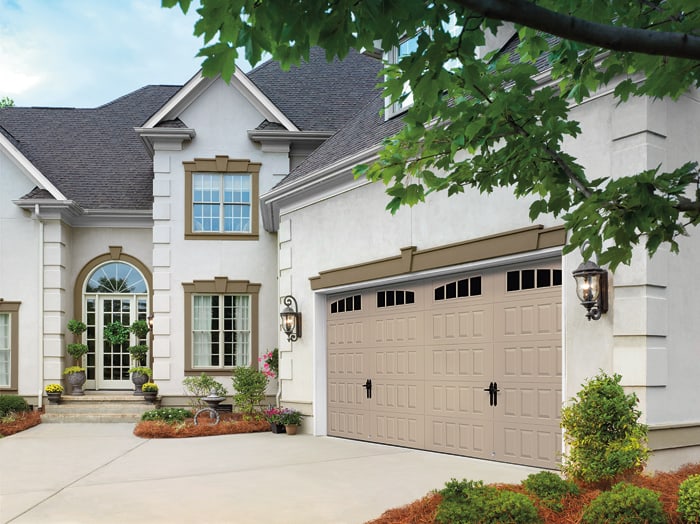
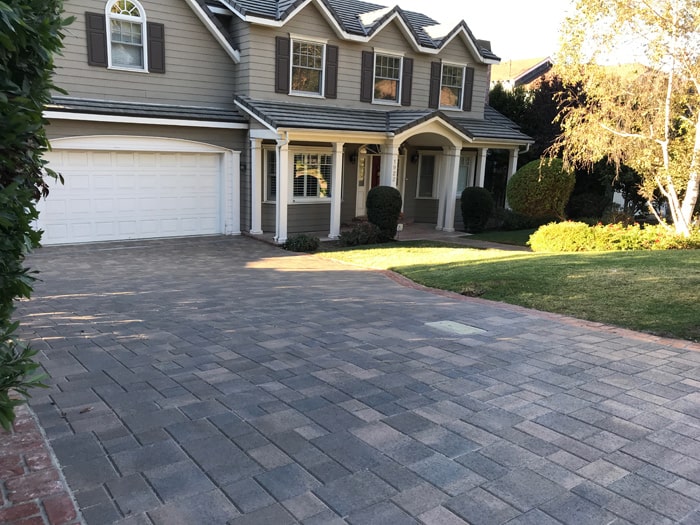

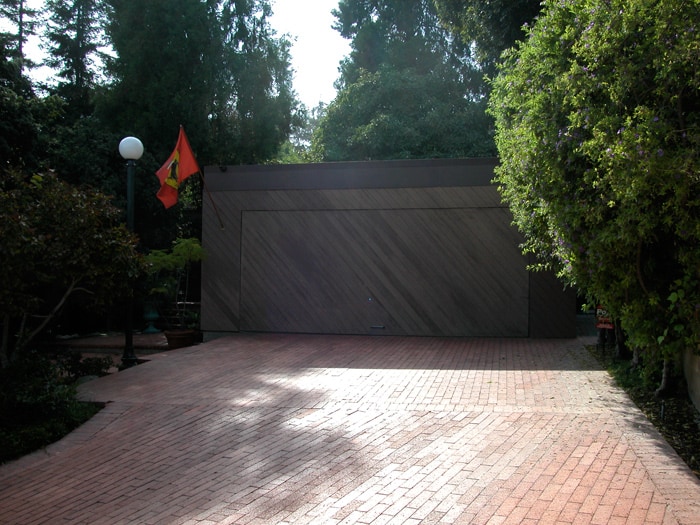
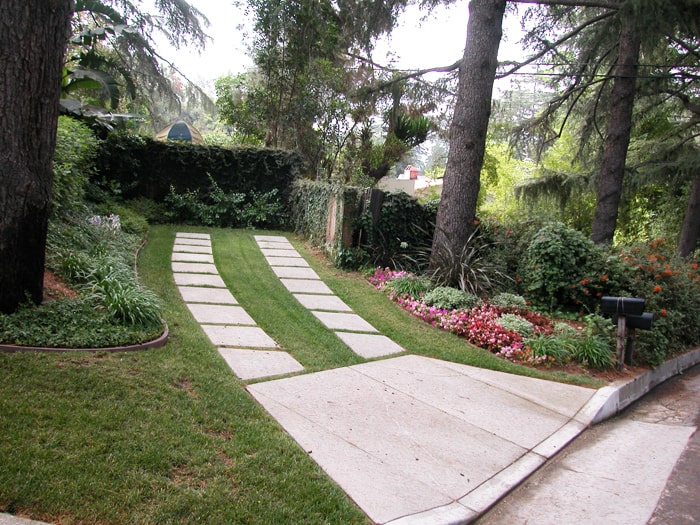



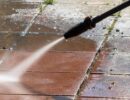
 Don Vandervort writes or edits every article at HomeTips. Don has:
Don Vandervort writes or edits every article at HomeTips. Don has:
